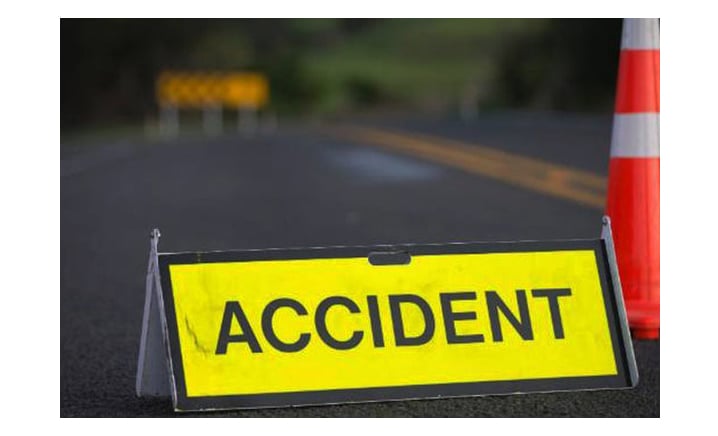Prime
How engineering, enforcement, education, emergency services collaborate for safer roads

What you need to know:
- Road safety is not as complex as it has been made to appear but demands shared responsibility and coordinated efforts to achieve
In Uganda, an average of 12 people die daily on our roads as a result of a road crash and yet as a nation, we greatly rely on the road network to commute or conduct business.
The frequent exposure to this transportation comes with inherent risks, making road safety a critical concern, especially with the ever-increasing number of vehicles on our roads and growing urbanisation.
Ensuring the safety of all road users has become a complex and pressing challenge, however, achieving it is not the sole responsibility of any single entity or sector.
Attaining road safety requires a multi-faceted approach that involves the collaborative efforts of four elements: engineering, enforcement, education, and emergency services. The 4Es. This write-up elaborates how these complement each other, working in tandem to create a safer and more secure environment for every road user.
The engineering aspect of road safety involves the design, construction, and maintenance of road infrastructure, not forgetting vehicles and traffic management systems to minimise crashes and / or their severity.
Roads are designed by engineers with factors such as traffic flow, visibility, applicable speed limits and vehicle safety in mind.
Features like proper furniture and signage, traffic control devices such as traffic lights, road width, and road curvature are carefully considered to reduce the risk of crashes.
Engineering is the key driver behind regular maintenance and repair of road infrastructure so as to contribute to safer road use.
Engineers are also responsible for the development of safer vehicle designs, including advanced safety features, for example crash detection, airbags, anti-lock brakes etc., and improving vehicle crashworthiness to protect occupants in the event of a collision.
Very simply put, enforcement is essential to ensuring road users adhere to traffic rules and regulations.
Enforcement agencies, in our case, the traffic police, monitor roads to detect and apprehend drivers who violate traffic laws and this is intended to reduce the likelihood of crashes.
Strict enforcement acts as a deterrent, discouraging drivers from engaging in risky behaviours that can lead to accidents.
Law enforcement agencies are also responsible for crash investigation and if thoroughly and efficiently done, helps to determine causes of crashes, some of which could then later inform engineering improvements and educational initiatives to improve safety.
Education, which is both training and sensitisation, raises awareness and promotes responsible behaviour among road users. It is very important to note that education without enforcement is basically entertainment.
Training programmes such as driver’s education programmes teach new drivers about safe driving practices, road rules, basic mandatory vehicle checks, defensive driving techniques, and the importance of adhering to traffic laws.
Public awareness campaigns, including advertising, social media, and community outreach, educate the public about the dangers of poor road use and its consequences. These awareness campaigns also equip the vulnerable road users, for example pedestrians and cyclists with knowledge on how to navigate the roads.
Emergency Services
The first hour after a road crash is called the ‘golden hour’ and the medical assistance given during this time can greatly increase the chances of survival of the crash victims and reduce the severity of their injuries. When crashes occur, prompt and efficient emergency response is crucial for saving lives.
First responders, i.e. the first people to arrive at crash scenes should be able to help provide immediate medical assistance and stabilising the victims or at the very least, safely move them to a medical facility in the shortest time possible.
Medical facilities should be well equipped to handle crash victims with the necessary trauma treatment and have emergency evacuation services should there be need.
Road safety is not as complex as it has been made to appear but demands shared responsibility and coordinated efforts to achieve. These should be individually strengthened, empowered and resourced to ensure they eventually complement each other for an efficient and safe road network.
And then, of course, there’s you. You might not fall anywhere among the 4Es but you have the moral obligation to use the road responsibly enough to make it safe for other users.
Jemima Nalumansi, Coordinator, Bloomberg Philanthropies Initiative for Global Road Safety




